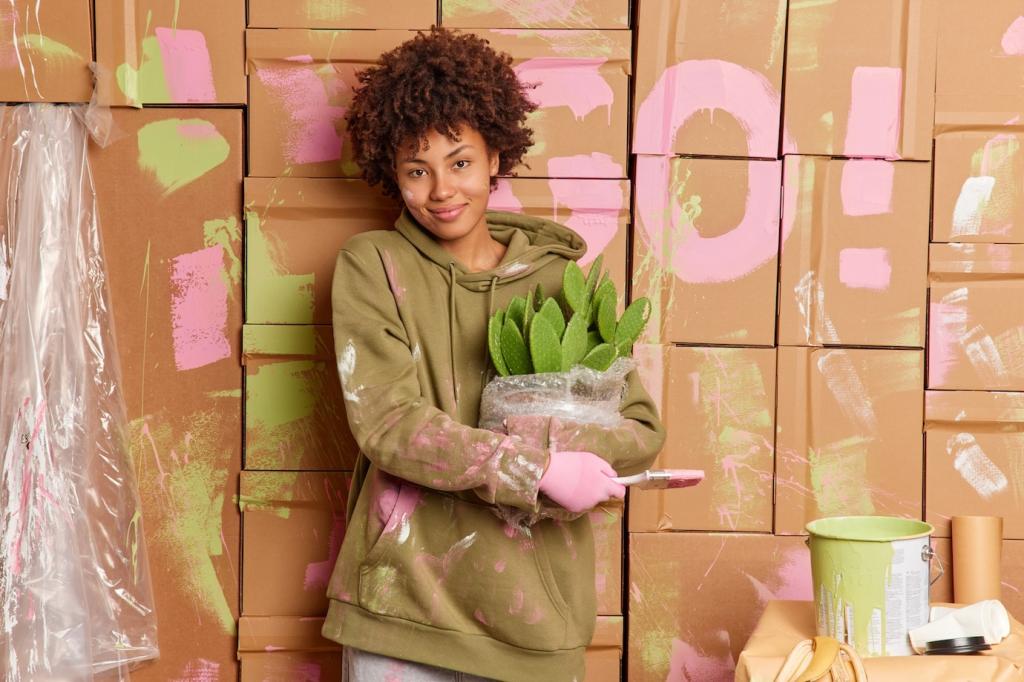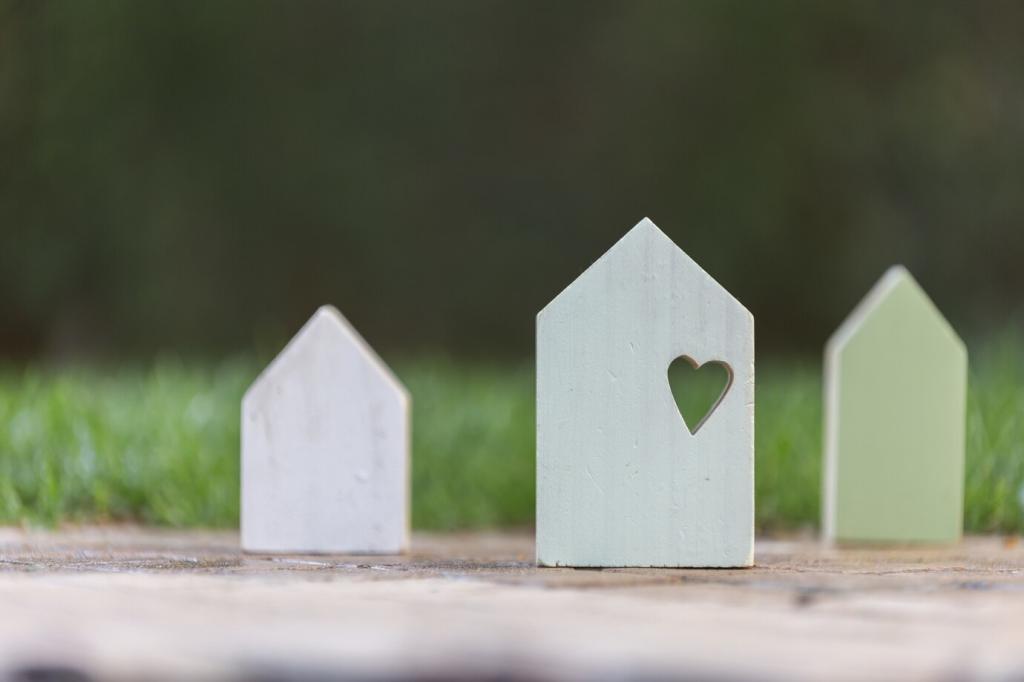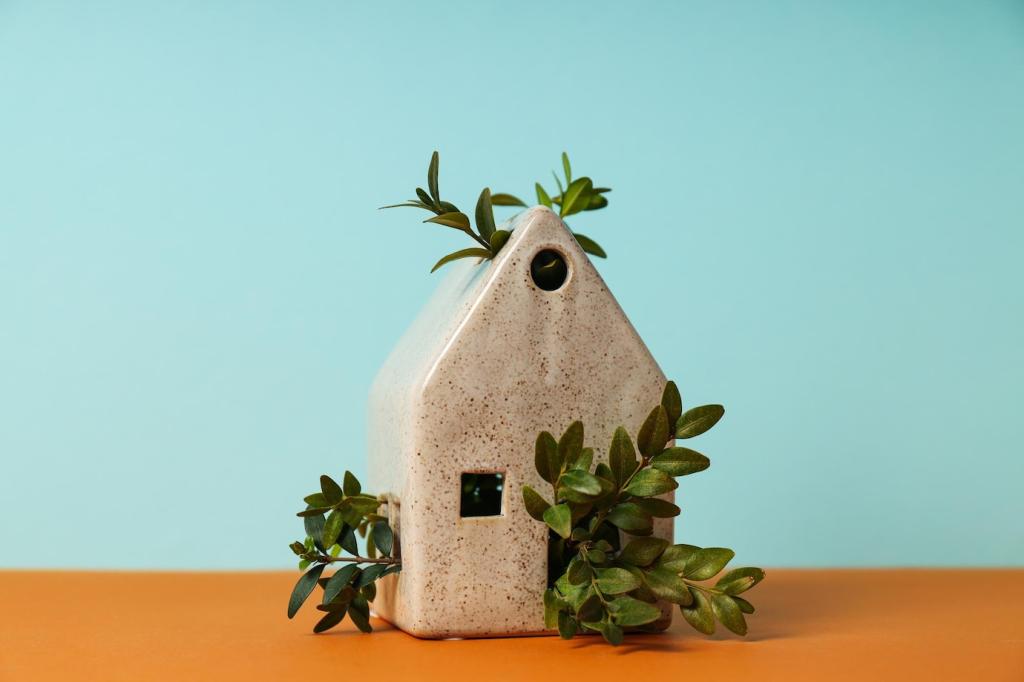Style, Story, and Sharing
Create a mini mood board with two colors, one wood tone, and a metal finish. Think function first—entry bench, reading corner, plant stand—then add personality. Purposeful choices keep projects focused and satisfying.
Style, Story, and Sharing
Share how you found it, the surprises inside, and the choices you made. A friend once discovered old postcards under a drawer liner; she framed one inside the finished shelf. Stories invite conversation.





